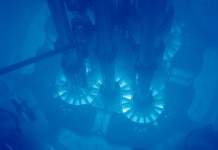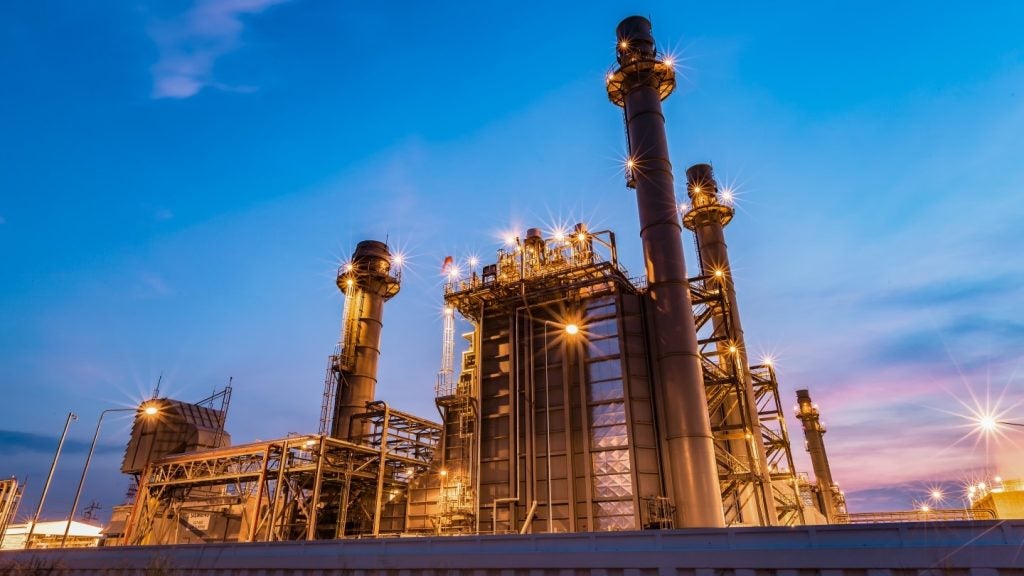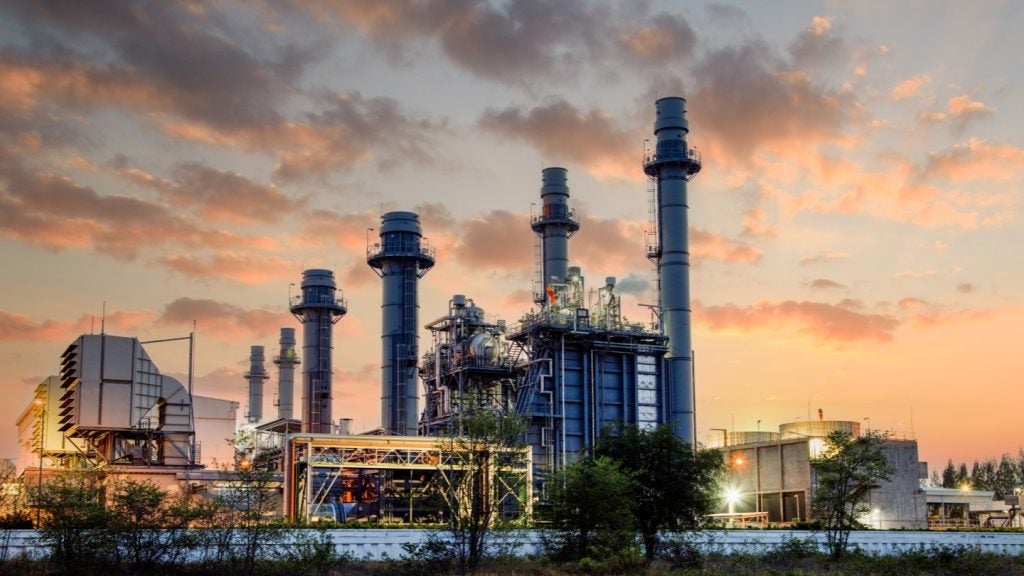

On 22 December 1972, the Surry nuclear power plant came online and started generating electricity for the people of the South-eastern US state of Virginia. At the time, the power stationoperator was granted an initial operating license for 40 years. That – which has since been extended for by a further 20 years.
Currently Dominion Resources, which operates the Surry plant, and five other nuclear power plants operated by Dominion Resources are, is in the process of applying for another license extension that, if acceptedgranted, will enable them it to operate these plants for 80 years from the point at which they first started generating energy.
The issue is larger than a single nuclear plant operator, larger than even a single country. With the developed world pushing on with its climate change targets, nuclear power remains in demand and pivotal to ensuring sufficient base-load power levels. Yet there remains a strong anti-nuclear movement, on both national and local scale, that vehemently opposes the building of new nuclear power plants.
While the moderate majority appears to be generally accepting of the significant contribution made by the power source, the economic capital required to deliver a new wave of nuclear power stations to replace the old would likely break support.
See Also:
Thanks to this combination of support for the role of old nuclear and hesitance to build the next generation, policy makers, politicians and nuclear power operators have been promoting the idea of nuclear plant life extension. The approach is attractive on both an economic and political front.
How well do you really know your competitors?
Access the most comprehensive Company Profiles on the market, powered by GlobalData. Save hours of research. Gain competitive edge.

Thank you!
Your download email will arrive shortly
Not ready to buy yet? Download a free sample
We are confident about the unique quality of our Company Profiles. However, we want you to make the most beneficial decision for your business, so we offer a free sample that you can download by submitting the below form
By GlobalDataWhile expensive, the cost of replacing and upgrading components and refurbishing an existing plant are much lower than building a brand new one, particularly in terms of capital investment. On the political side, the challenges around selecting a locationsite selection have already been overcome. The issue is safety.
While there is no set expiration on date for nuclear plants, – licences they are generally granted for an initial 40 years licence andand the operator must then apply for 20- year extensions, – concerns over safety increase as they get older. With a number of plants already granted licenses to cover a 60 60-year period, the prospect of extending those a further 20 years has courted caused controversy. The debate recently stepped up another gear with the disclosure from Dominion Resources that it will seek to license six of its plants for the full 80 years.
Clean-up costs at the Sellafield nuclear reprocessing field have risen by £2.5bn in the last year.
Extending plant life
Announcing its the company’s intention, Dominion spokesperson Rich Zuercher, said: "We believe it is possible to relicense these units for another 20 years of safe operation. We’re going through the process to figure out what we need to do to preserve these nuclear stations for another 20-year term. We need to look long term at where the electricity will come from in the future, and North Anna and Surry have a great operating track record. We take care of those stations and make sure they’re in tiptop shape."
The company admits that there will be challenges in ensuring that the plants maintain satisfactory levels of operation safety, but do does not yet fully understand what those will be. "If we move forward, we will identify all the things that need to be done in order to operate safely for another 20 years," Zuercher said.. "There will be some capital investment required to do that. We’re trying to get a handle on what that would be."
One of the main challenges that Dominion and other operators that elect to extend the lifetime of their plants will encounter is dealing with the high levels of nuclear waste.
In the their paper, Risks of Nuclear Ageing, part of a report commissioned by Greenpeace Simone Mohr, Stephan Kurth, Christoph Pistner and, Judith Breuer, wrote: "Spent fuel storage presents a special risk for ageing nuclear power plants due to the build up of large amounts of spent fuel. Examples of problems include inadequate protection against external hazards and the risks of a long-term loss of cooling, both illustrated by the Fukushima catastrophe."
As the age of the plant extends, the pressure on storage space will intensify: , the report points out: "The re-racking of spent fuel elements into more compact storage units to increase the space available for the larger than expected amount of spent fuel is a further source of risk."
While the plant life extension will increase the challenge of dealing with nuclear waste safely and securely, it is at least not a new issue. Plant operators have been dealing with nuclear waste since nuclear power first came into operation, so while the stakes are higher, the game is the same. Less known, however, are the challenges associated with the ageing of the critical infrastructure within the power plants.
Structural integrity
Both sides of the debate, those who support extension and those opposed to it, appear to agree that the biggest risk is ensuring that the reactor pressure vessel (RPV), which houses the reactor core, and the concrete that surrounds it remain sound. The first line of defence in ensuring that the reactor does not leak radiation is the thick steel wall that surrounds it.
Prolonged exposure to the nuclear reaction can embrittle the steel and compromise its integrity. Beyond the RPV and its steel walls is a thick concrete barrier that acts as the second line of defence. This too, over time, has been seen to lose its integrity, with even small cracks posing dangerous threats.
Leonard J. Bond, a director of the Center for Nondestructive Evaluation non-destructive evaluation at Iowa State University in the US, suggested that in order to assess and evaluate the structural integrity of the critical infrastructure, the industry should listen rather than look. "To really understand how its thick steel and tough concrete are fairing after years of relentless bombardment, the best thing to do may be to listen to it. Nuclear researchers are now testing acoustic and ultrasonic monitoring techniques drawn from the civil and aerospace engineering communities. The same methods used to monitor the structural integrity of a bridge or an airplane may work for a nuclear pressure vessel as well," said Bond.
The acoustic inspection method has already been employed at the Limerick Generating Station to monitor a tiny crack found in the welding that surrounded the NPV. Over a three-year monitoring period, the researchers observed the crack grow to a depth of 12mm and also detected a number of other miniscule cracks. Since the approach was implemented at Limerick, it has developed significantly, with the use of ultrasonic sound waves enabling a far more detailed picture to be developed, enhancing the potential for issues to be identified before they pose a problem.
Understanding the issues
The Nuclear Energy Institute argues that plant life extension makes both economic and environmental sense. In order to make it a reality, it argues that fundamental research into the issues must be completed in order to establish sufficient rules and regulations: .
"A more thorough understanding of materials degradation, management of aging components, and the technical basis for continued safety during an additional 20 years of operation is necessary to inform regulatory requirements," the institute states.
"This will require fundamental research into replacing, upgrading, and otherwise maintaining underground pipes, electric cables, concrete, metal other long -lived materials and components."
A new paper from the University of Lincoln has added to the growing support for a new class of smaller, tidier nuclear reactors.
While regulations and best practice guidelines can hold great value, they hold none if they are not implemented. According to the authors of Risks of Nuclear Ageing, the industry’ies track record in this area is not as it should be: "Retrofits already recommended after the Three Mile Island accident in 1979 and the 1986 Chernobyl disaster have still not been implemented in every European nuclear power plant. ," they said.
"Ageing management programmes so far implemented have not been sufficient to avoid the occurrence of serious ageing effects."
With Dominion Resources leading the way, the day that the world’s first Octogenarian octogenarian nuclear power plant is licensed would appear to be just around the corner. With sufficient investment from operators, oversight bodies and governments in maintenance processes, technology and industry standards, they may well be able to meet the relevant threshold of safety. Nevertheless, the future always comes with an element of uncertainty and there remains a strong opposition.
For Paul Gunter of anti-nuclear group Beyond Nuclear, it is a step too far into the unknown: "They’re essentially projecting their safety with a crystal ball."


.gif)





